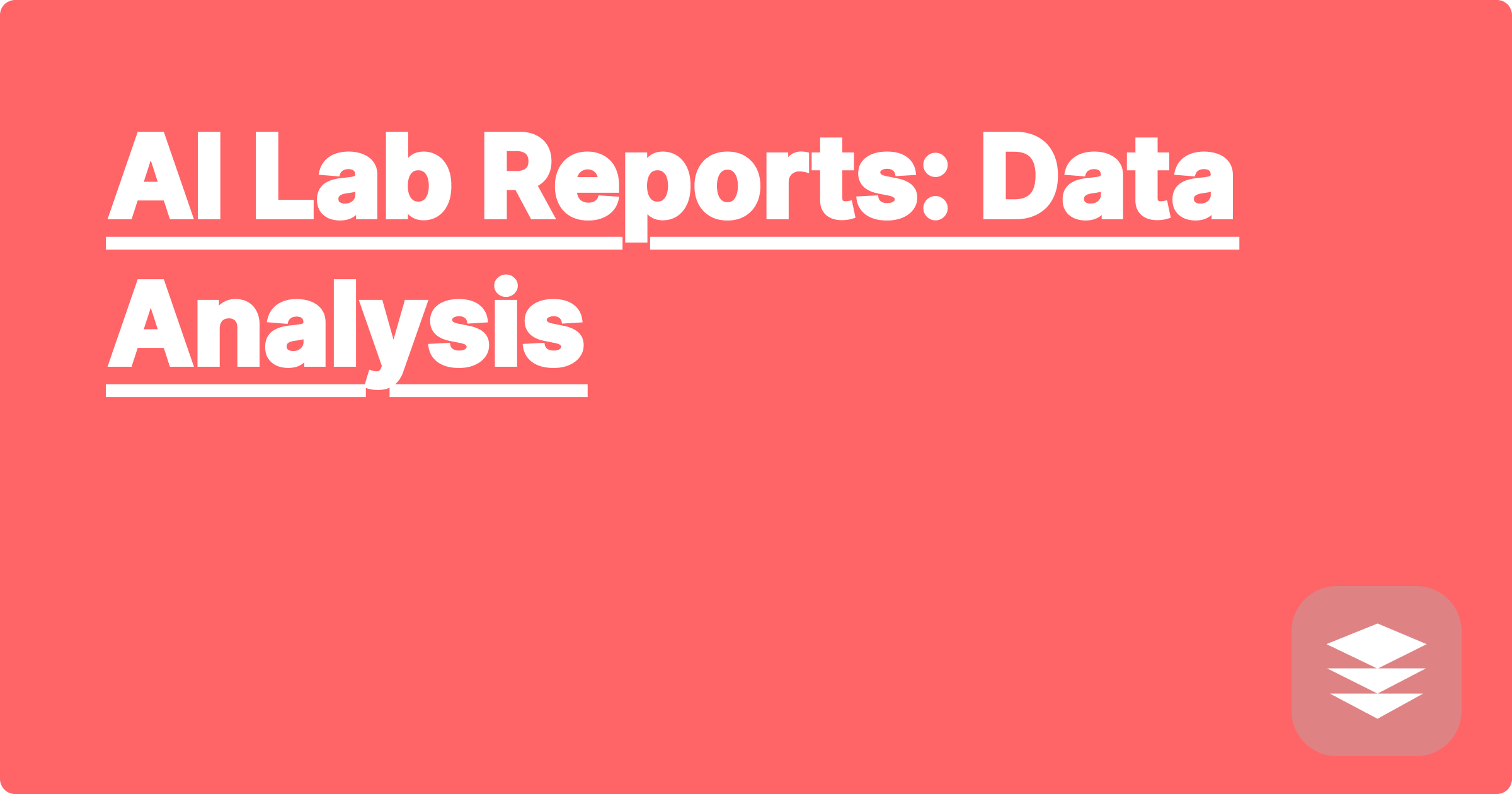
The demanding world of STEM education and research often leaves students feeling overwhelmed. Juggling complex coursework, rigorous lab work, and extensive research can be a Herculean task, especially when striving for top grades and impactful research outcomes. The pressure to excel can be immense, leading to burnout and hindering academic progress. Fortunately, the rise of artificial intelligence offers a powerful suite of tools to help STEM students and researchers navigate these challenges, optimize their time, and achieve unprecedented academic success. This blog post explores how AI can revolutionize data analysis for lab reports, boosting efficiency and unlocking deeper insights. We'll delve into practical strategies, real-world examples, and specific AI tools, empowering you to harness the full potential of AI for your STEM journey.
Imagine a world where generating insightful lab reports is no longer a tedious, time-consuming chore. Picture yourself effortlessly analyzing complex datasets, extracting meaningful conclusions, and presenting your findings with clarity and precision, all thanks to the power of AI. This is the reality that is rapidly unfolding for STEM students and researchers. By integrating AI-powered tools into your workflow, you can not only streamline the report writing process but also unlock deeper insights within your data, leading to more impactful research and higher academic achievement. This transformation is especially beneficial for those new to AI or struggling to keep up with the demands of STEM studies.
Data analysis in STEM fields often involves complex calculations, statistical modeling, and the interpretation of large datasets. Traditional methods can be time-consuming and prone to human error. Furthermore, effectively communicating these findings in a clear and concise lab report requires strong writing and data visualization skills. Students often grapple with understanding and applying appropriate statistical tests, visualizing data effectively, and drawing meaningful conclusions from their results. This can lead to inaccurate analyses, poorly written reports, and ultimately, lower grades. The challenge is further compounded by the ever-increasing volume of data generated in modern research, making manual analysis even more daunting.
AI offers a powerful solution to these challenges by automating many aspects of data analysis and report writing. Tools like GPAI, a hypothetical AI learning platform, can analyze raw data, perform statistical tests, generate visualizations, and even assist with writing the report itself. Other tools like ChatGPT can help with brainstorming, outlining, and drafting sections of the report, while Wolfram Alpha can handle complex calculations and provide step-by-step solutions. By integrating these tools into your workflow, you can significantly reduce the time spent on tedious tasks, minimize errors, and focus on the more critical aspects of your research, such as experimental design and interpretation of results.
Let's consider a practical example of how a biology student could use GPAI to analyze data from a cell growth experiment. First, the student would upload their raw data into GPAI. The platform would then automatically clean and pre-process the data, identifying any outliers or inconsistencies. Next, GPAI could suggest appropriate statistical tests based on the experimental design and data distribution. The platform would then perform these tests and generate visualizations such as graphs and charts, highlighting key trends and patterns. Finally, GPAI could assist in writing the results section of the lab report, summarizing the findings in clear and concise language. This streamlined process allows the student to focus on interpreting the results and drawing meaningful conclusions, rather than getting bogged down in tedious calculations and formatting.
Imagine a physics student using Wolfram Alpha to calculate the trajectory of a projectile. Instead of manually solving complex equations, the student can simply input the initial conditions and Wolfram Alpha will generate the trajectory, along with relevant parameters like velocity and acceleration. Similarly, a chemistry student can use AI-powered molecular modeling software to predict the properties of new compounds, accelerating the drug discovery process. A mathematics student could leverage AI tools to verify complex proofs or explore different mathematical concepts. These are just a few examples of how AI is transforming STEM education and research.
To maximize your academic success with AI, consider these strategies. First, identify the specific areas where you need the most support. Are you struggling with data analysis, report writing, or time management? Once you've identified your needs, choose the AI tools that best address those challenges. For example, if you need help with writing, ChatGPT can be a valuable asset. If you're struggling with data analysis, GPAI or similar platforms can be incredibly helpful. Experiment with different tools and find the ones that fit your workflow and learning style. Remember, AI is a tool to enhance your abilities, not replace them. Develop a strong foundation in the fundamental concepts of your field and use AI to build upon that knowledge.
Finally, don't be afraid to seek help and guidance. Many universities offer workshops and training sessions on using AI tools for academic purposes. Connect with your professors, TAs, and fellow students to learn from their experiences and discover new ways to leverage AI in your studies. By embracing these strategies, you can unlock the full potential of AI and achieve unprecedented academic success in your STEM journey. AI is not just about automating tasks; it's about empowering you to think more critically, explore new ideas, and make meaningful contributions to your field. Start exploring the possibilities today and discover how AI can transform your academic experience.
AI Research Assistant: Streamline
AI Homework Help: STEM Solutions
AI Simulations: Run Experiments